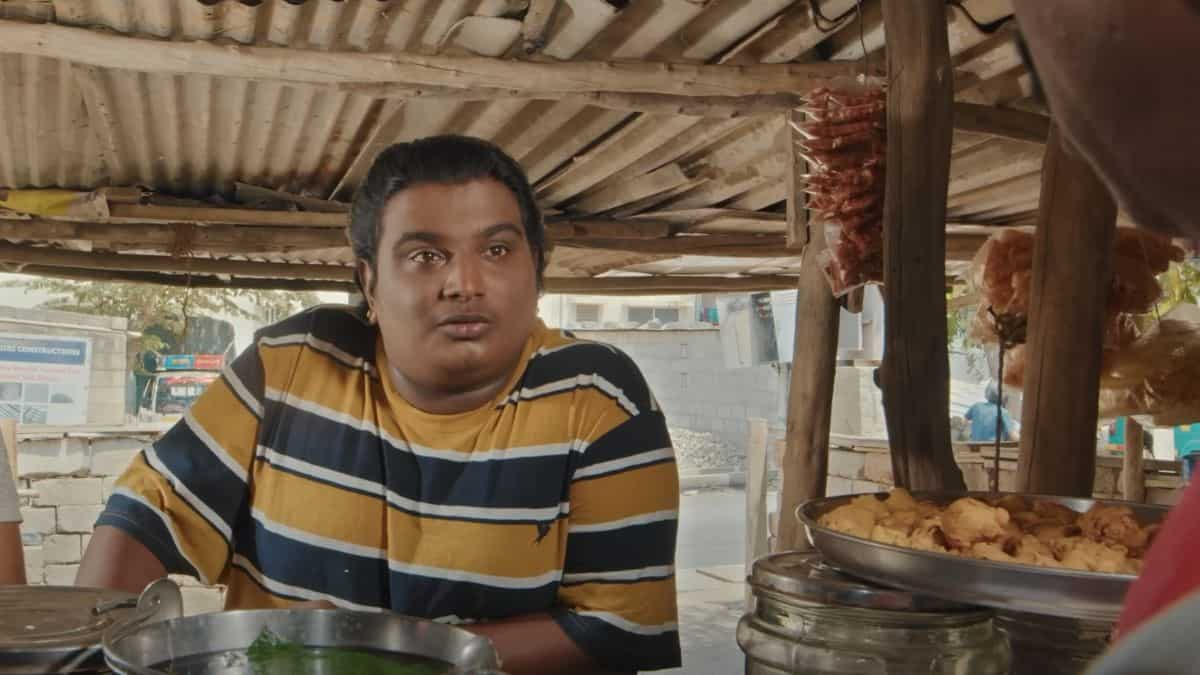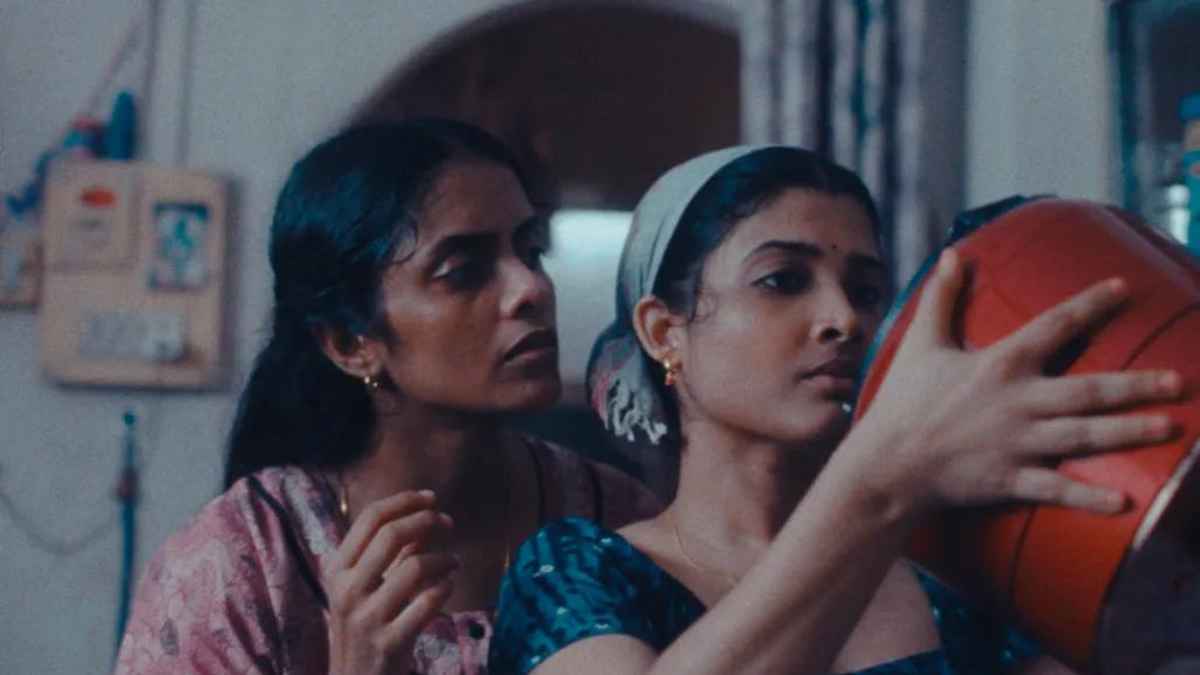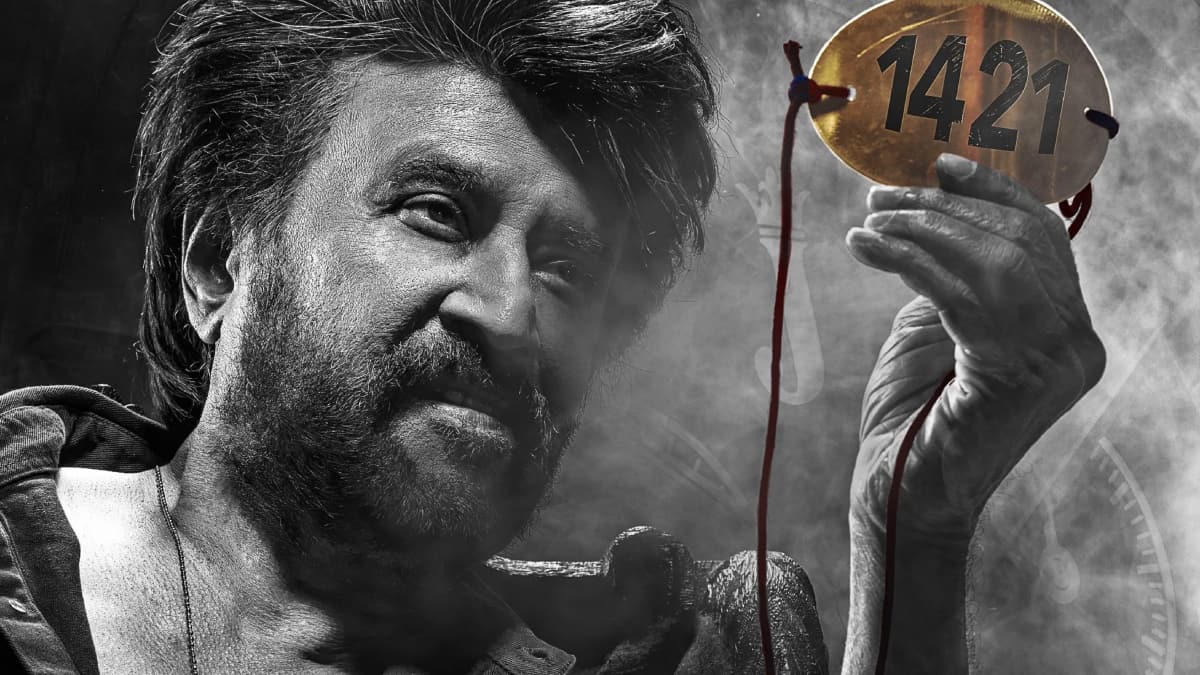
After Heeramandi, watch Rajkahini: Srijit Mukerji's grittier Bengali film on women fighting for freedom
4 months ago | 33 Views
How much Bhansali is too much Bhansali? One has to sit through the 8 episodes of Heeramandi: The Diamond Bazaar to arrive at that answer. In Bhansali's eyes, the world of courtesans is filled with beauty and overwhelming grace. When the transition arrives, in the pursuit of independence, it does feel poorly realized. In that regard, there's 2015's Rajkahini, the Bengali film directed by Srijit Mukerji, which charts a similar trajectory- albeit with a widely contrasting aesthetic. The film was remade in Hindi with Vidya Balan in the lead, Begum Jaan, but it is the original film which continues to hold a greater impact.
Fight for freedom
Rajkahini tells the story of a group of women who live in a brothel run by Begum Jaan (Rituparna Sengupta), whose lives turn upside down when they are informed about the Radcliffe Line, which will pass right through the middle of their house. This line would demarcate the border between India and East Pakistan (present-day Bangladesh). Begum Jaan resists, insisting that the same brothel is her nation where she doesn't discriminate between religions. Who sits in Delhi and makes these orders, that will not affect how she and her brothel runs their daily bread.
Truth v/s fantasy
This daring proves to be fatal, but as Rajkahini suggests, this is a film not about consequences but the aspect of daring itself. Rajkahini is allegorical of a feminist fantasy, where the scathing reminders of the position of women in a deeply patriarchal, male-dominated society become suffocating and prominent. Rajkahini is gritty and honest about the horrors of this profession, where these women have little to no agency. In one difficult scene, Begum Jaan requests the Nawab (Rajatava Dutta) not to call in the new girl Fatima (Ridhima Ghosh) because she is not ready yet. Yet the Nawab brushes her off and tells her that any new girl in the brothel must share the bed with him first. He takes care of the brothel and makes sure that these women here stay unperturbed. It gives way to a chilling scene where Begum Jaan sings in the room, while Nawab and Fatima have sex.
Mallikajaan and Begum Jaan
While watching Heeramandi, I was constantly reminded of the contrast that Rajkahini presents, even when it seems that both share a certain kindred spirit. In the male gaze, yes. In the collision of under-written characters? Also yes. Chief among them is Mallikajaan in Heeramandi, who can be manipulative, ruthless, and conniving- but she knows her world well. These qualities recur in Begum Jaan, whose sharp and observant gaze pierces through the imminent crisis ahead. Yet, Begum Jaan leads the action with a sure-footedness that arrives in the sharp performance given by Sengupta and the rest of the cast. Things get shaky in that regard in the later half of Heeramandi.
Rajkahini is also far more frank about the profession of these women, where there is a lot of unpleasant sex involved with the customers day after day. Yet, these boisterous gang of women in the brothel also share a profound sense of love and sisterhood for one another. They play games during their brief moments of leisure and sit together for dinner. When things turn worse, they learn to hold a gun and take aim. Collectively, they share the language of revolt. Rajkahini is often crowded with characters in a single scene, jostling for space and time. There is friction and unease with which the story progresses towards a rousing end. It hurts the rhythm, but is is also this dizzying blend of chaos and confrontations, unresolved ties, and frantic images that gives Rajkahini a much-needed momentum.
Rajkahini is not obsessed with resolutions and harmony; it presents beauty alongside violence, frustrating clichés alongside a ragged sense of empathy. Where will these women go? Who remembers their stories? If Bhansali is obsessed with beauty, Mukerji is fascinated with the idea of mortality. Rajkahini attends a bit longer to the wounds that form a black layer on the ground, one that will be washed away and buried deep under the pillars of nationhood. Yet, these stories exist. For that alone, Rajkahini makes for an important, stirring watch.





















